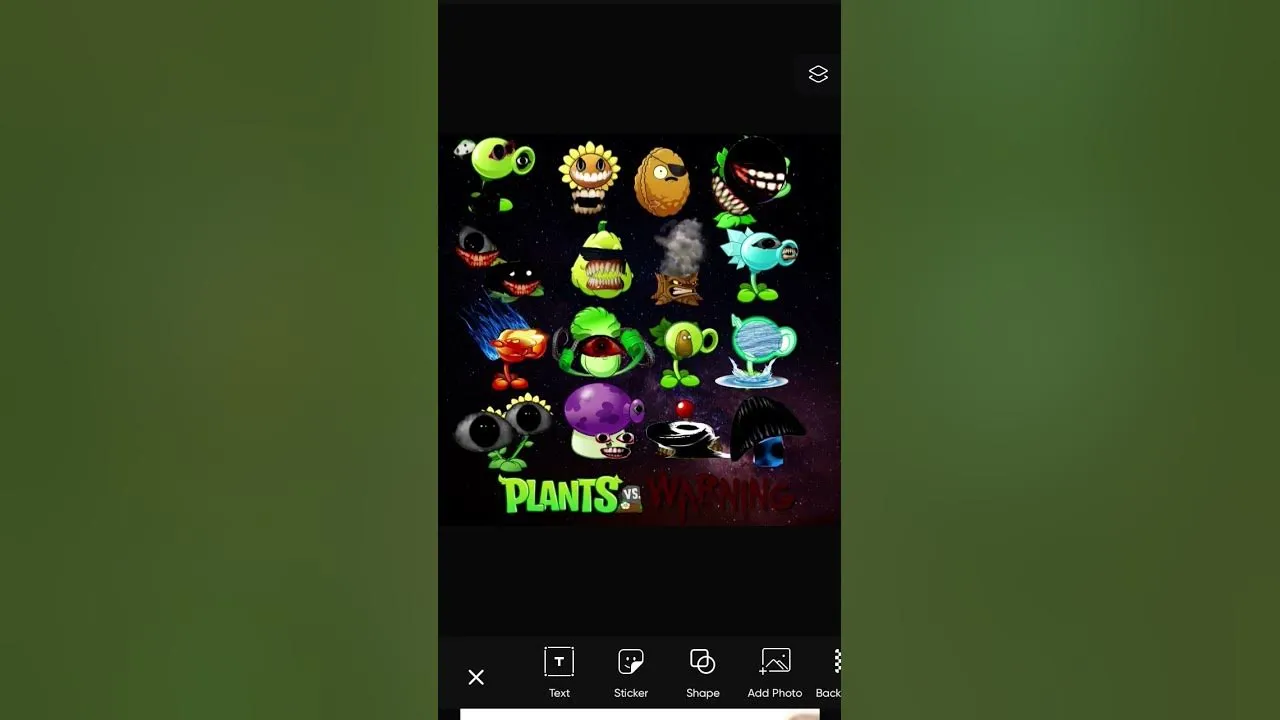Watch vs Warning: What You Need to Know Before It’s Too Late!
In the unpredictable world of severe weather, understanding the critical difference between a watch and a warning could quite literally save your life. Every year, thousands of Americans find themselves in the path of potentially devastating storms, making weather awareness not just important, but essential for survival.
The Basics of Severe Weather Alerts
A weather watch is like a yellow caution light. It signals that conditions are ripe for severe weather to develop. Think of it as nature’s way of saying, “Pay attention, something might be brewing.” During a watch, meteorologists have identified atmospheric conditions that could potentially produce dangerous weather events like tornadoes or severe thunderstorms.
On the other hand, a weather warning is a red alert. This means severe weather is not just possible, but actively occurring or imminent. When a warning is issued, it’s time to take immediate action and prioritize your safety.
Understanding Tornado Watches
Let’s break down what a tornado watch really means:
- Atmospheric conditions are favorable for tornado formation
- Multiple counties or regions might be included in the watch area
- It does not guarantee a tornado will touch down
- This is the time to:
- Stay informed
- Prepare your emergency kit
- Review your safety plan
“A watch is your signal to be prepared, not panicked.” – National Weather Service Meteorologist
When a Warning Strikes
A tornado warning is significantly more serious. At this point, immediate action is crucial. Here’s what you need to know:
- A tornado has been spotted by trained spotters or indicated by radar
- The warning typically covers a much smaller, more specific geographic area
- Duration is usually around 30 minutes
- Your life could depend on how quickly you respond
Critical Safety Measures During a Warning
- Seek shelter immediately in a basement or interior room
- Stay away from windows
- Cover yourself with blankets or protective gear
- Have a battery-powered radio or charged phone for updates
The Human Factor in Weather Preparedness
While technology and meteorological science have advanced dramatically, human preparedness remains the most critical factor in surviving severe weather. Local emergency services play a pivotal role in disseminating information, but individual awareness and quick action can make the difference between safety and tragedy.
Historical Context Matters
Historically, the United States has experienced some of the most devastating tornado events in world history. The 2011 tornado outbreak across the southeastern states, which claimed over 300 lives, underscores the importance of understanding and respecting weather alerts.
A Personal Perspective
As someone who has lived through multiple severe weather events, I cannot stress enough the importance of taking watches and warnings seriously. Complacency can be deadly.
Key Takeaways
- A watch means conditions are favorable for severe weather
- A warning means severe weather is happening right now
- Preparation is your best defense
- Stay informed through multiple channels
- Have an emergency plan and practice it
Conclusion
Understanding the nuanced difference between a watch and a warning isn’t just about meteorological terminology—it’s about protecting yourself and your loved ones. In the face of nature’s unpredictability, knowledge truly is power.
Stay safe, stay informed, and always be prepared.
Note to Readers: Always follow guidance from local meteorological services and emergency management officials during severe weather events.






Leave a Comment